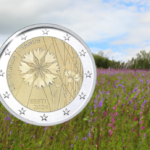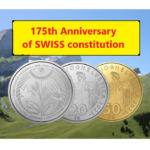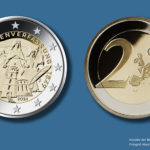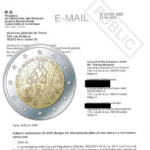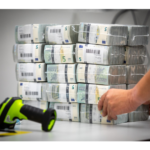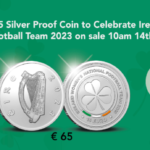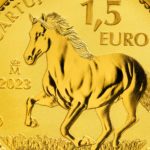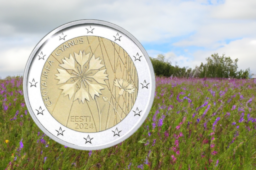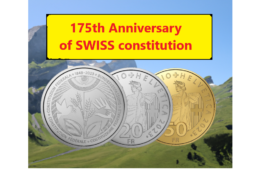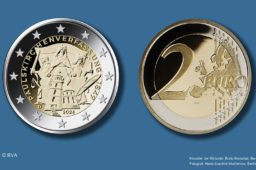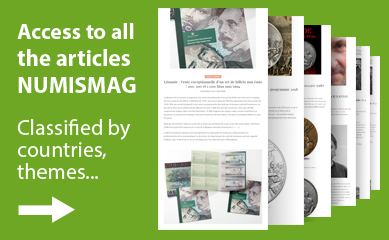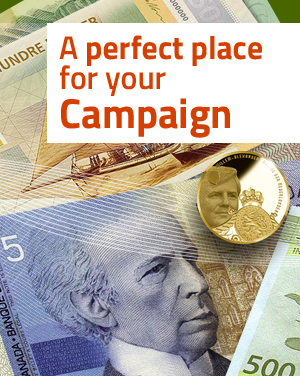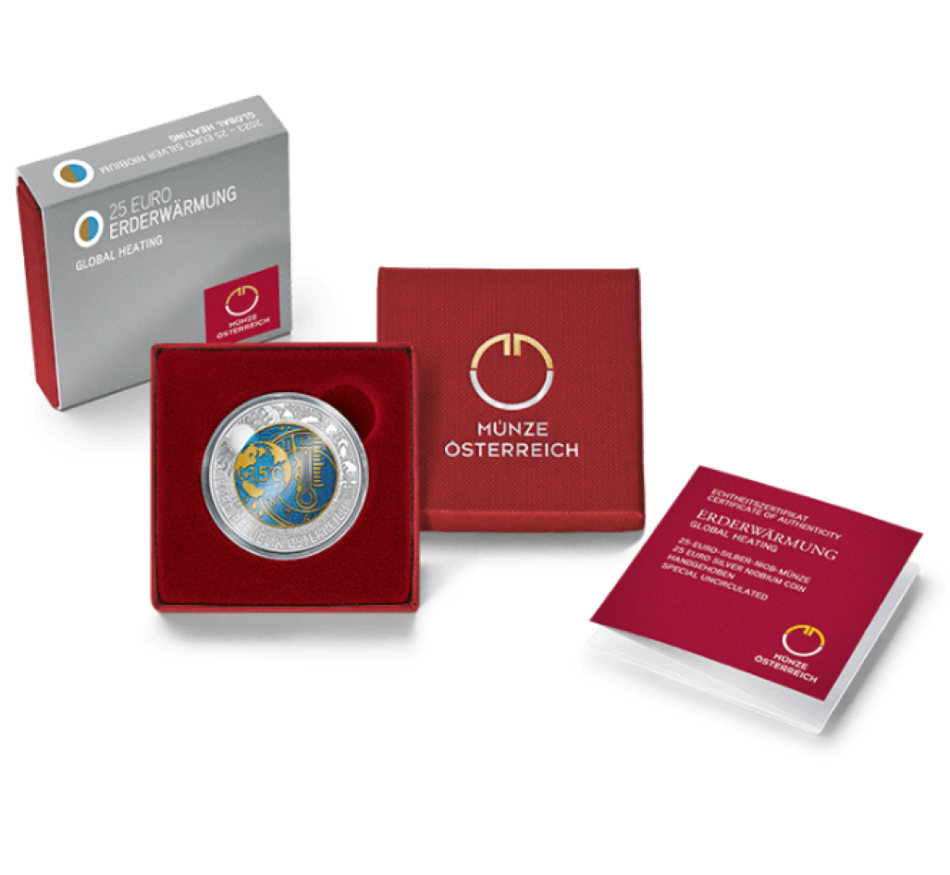
2023 €25 silver and nobium “global warming” Coin of Austria
- March 22, 2023
- by
- Pierre

How to stop global warming? It is getting hotter and hotter. The temperature increase caused by man since the middle of the 19th century has already exceeded 1°C. This is not a new finding. In the 2015 Paris Agreement, the international community had already agreed to limit the temperature increase to 1.5°C. In 2021, this goal was confirmed at the Glasgow climate summit. However, the Paris goals cannot be achieved with current measures. By 2100, a temperature increase of more than 3°C is to be feared, which would have dramatic consequences for humans and nature.
Each of us can contribute to solving the problem by acting in an environmentally friendly way. Reducing energy consumption and using natural resources in a sustainable way are important steps to counteract rising temperatures.
Since 2003, the Austrian Mint has been issuing coins with niobium cores, which are also dedicated to topics related to science and research today. The special feature of the coins is that the color is not applied. It is created by precisely controlled oxidation generating oxide layers a few nanometers thick on the surface. This technique is called “anodic oxidation”.
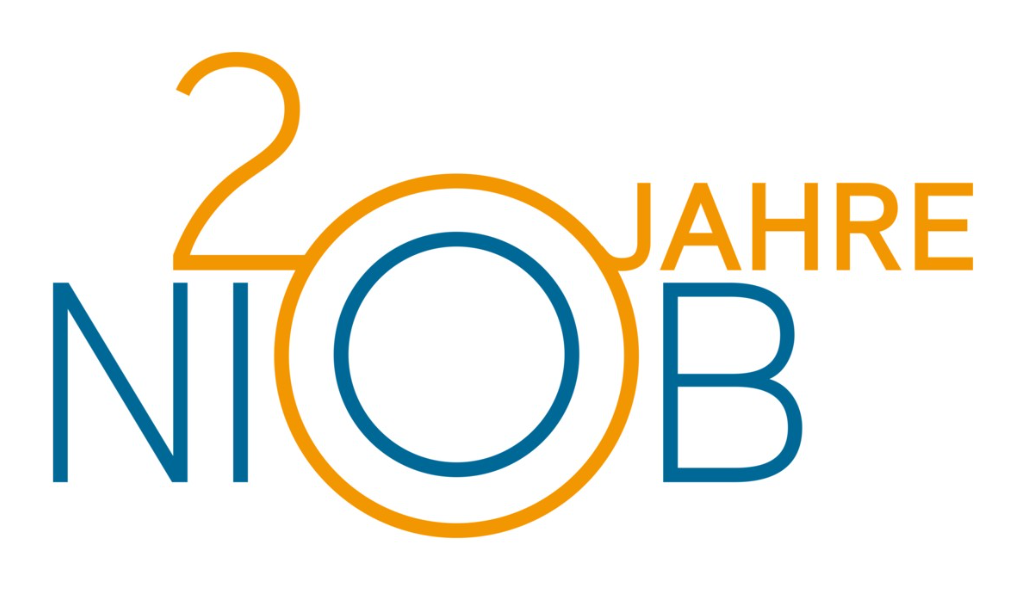
Coin specifications
Inside the core of the niobium piece on the value side is a thermometer. It is part of a clock. On the left is a globe with the indication +1,5°C.
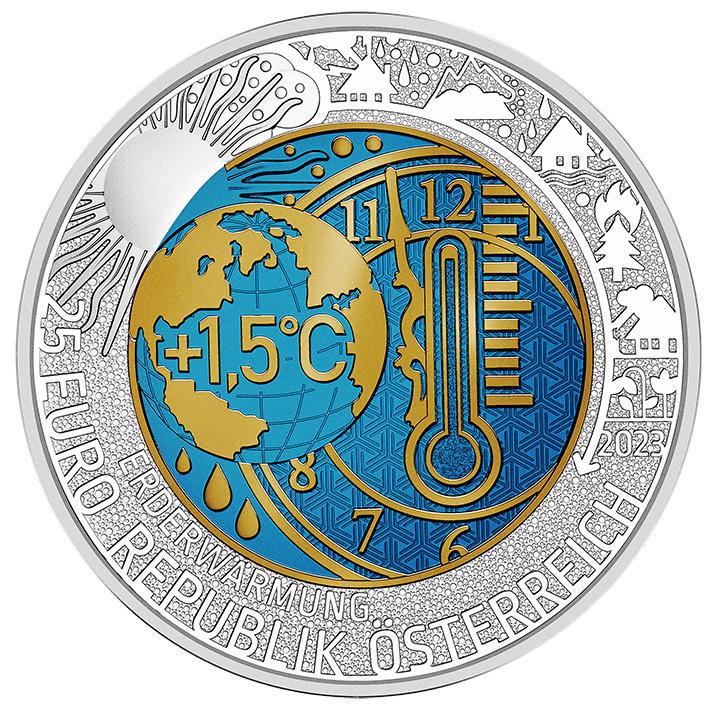
The other side of the coin deals with the aspect of sustainability in the economy, ecology and social issues. In the center of the piece is engraved a globe and to the right two faces. Next to it a sea turtle swims through the image. Due to environmental pollution and global warming, this species is threatened with extinction.
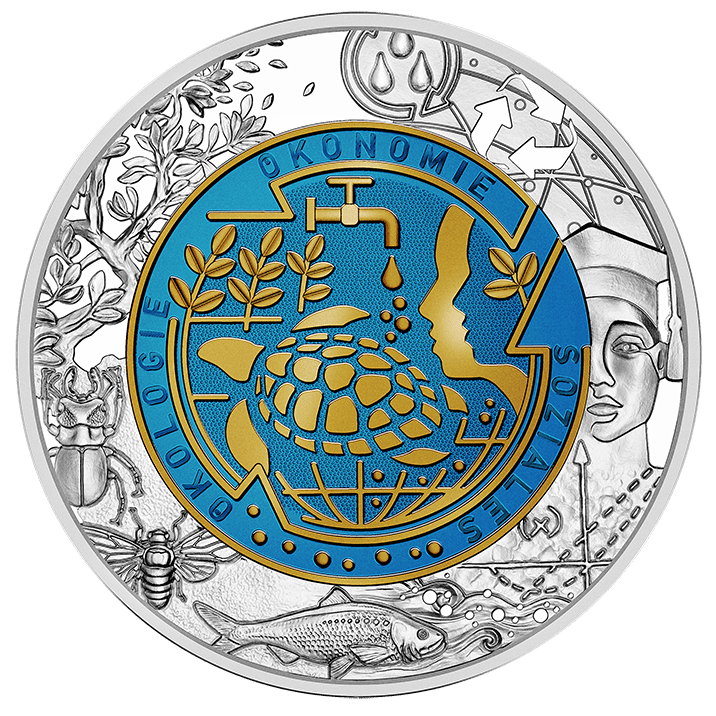
Quality: proof
Nominal value: 25€.
Diameter: 34 mm
Metal: Silver Ag 900, Niobium
Weight: 16,50g
Circulation: 65 000 coins
Edge: smooth
This piece is made by oxidation of the die. Engraver Helmut Andexlinger says about the very complex production process of niobium parts:
“Oxidation works with current and voltage – like a battery. By transforming the upper metal layers, an oxide layer is formed, which is reflected in a different color depending on the thickness.
The longer niobium white is exposed to the “electric bath”, the thicker the oxide layer becomes. But not all shades are durable, not all are stable. You get a stable pink, a yellow, a green, a blue. From a creative standpoint, what attracts me is that we can work with niobium colors. It’s exciting what the material niobium offers us. What colors it gives us.”
Sources: Austrian mint and NUMISMAG


